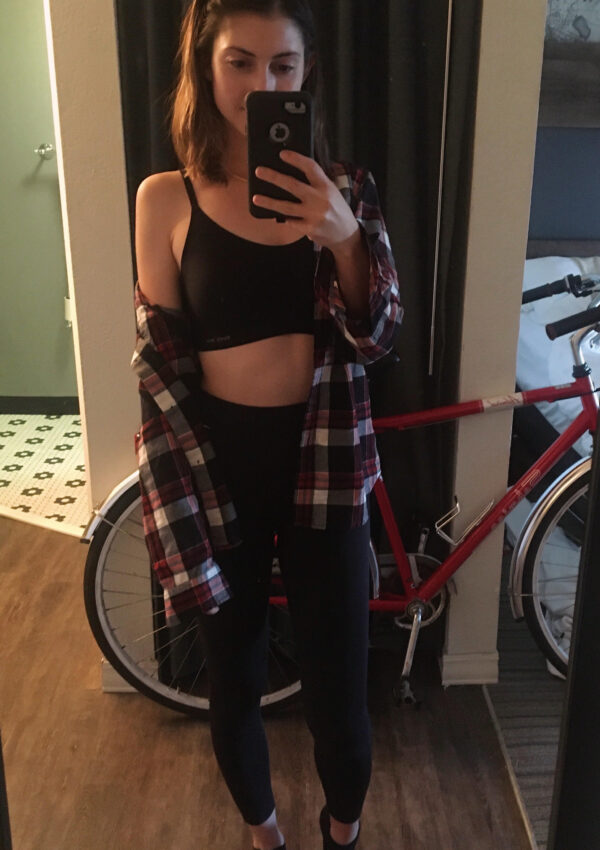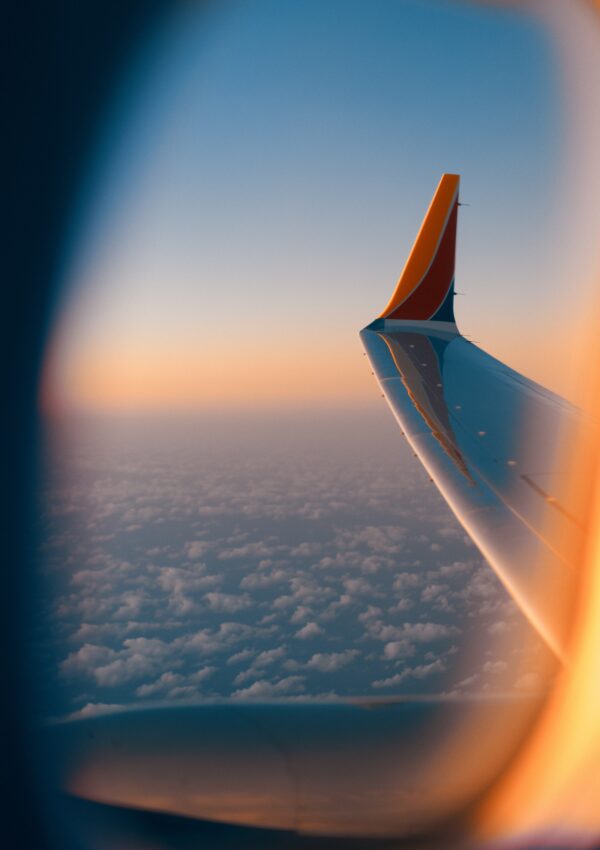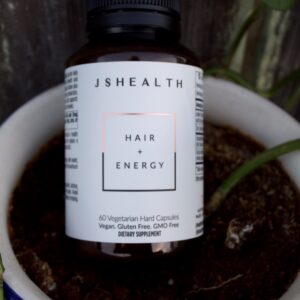Have you been considering a caffeine detox?
Today, we’ll cover a step-by-step guide to help you (sanely) kick the caffeine habit, claim better sleep, and give your adrenals a break.
And if you’re wondering to yourself, caffeine detox, how long is this going to take me, exactly?
We’ll get into that too with a basic quitting caffeine timeline.

Why a Caffeine Detox? Let’s Talk Benefits
I’ll keep this short and sweet.
You likely have your reasons for deciding to do a caffeine detox.
For some extra motivation take a look at the top benefits of quitting caffeine:
- Better Sleep
- Consistent energy levels
- Less anxiety
- Lower cortisol
- Money saved
- A settled stomach
If you want to deep dive into the benefits of quitting caffeine, check out my post 30 Days No Caffeine – the Surprising Benefits to Quitting Caffeine.
I get granular about the process and the benefits I’ve reaped.
Keep reading to find out why I’ve never gone back to my daily cup of coffee since then.
Caffeine Detox Method 1: Slow and Steady
This method involves gradually reducing the amount of caffeine you consume over time.
The slow and steady method is the most common (and recommended) approach and for good reason. Taking the day-at-a-time approach to conquer caffeine dependence allows a person to stay sane and functional throughout the detox.
Having said that, cutting caffeine intake doesn’t have to be scientific. A general guide for this method is to cut caffeine by 20 – 30 milligrams (mg.) a day.
Quitting Caffeine Timeline: Slow and Steady Method
Since coffee is America’s main vehicle for caffeine, this example will center on that beverage.
The same principles can apply to detoxing from an energy drink or soda drink dependency.
Since how much caffeine is in coffee varies, we’ll assume the starting amount is approximately 165 mg.
- Day 1- 4: focus on cutting the amount of caffeine you drink by 25% every couple of days. If you’re a 1-cup-a-day person, drink ¾ of a cup the first few days. If you’re a 2-cup-a-day person, drink only half a cup during your second cup of the day (165 → 124 mg).
- Day 5 – 7: Cut the amount of caffeine you drink in half. Be prepared to take a painkiller for the caffeine headaches that are sure to crop up. You can either choose to drink a ⅓ cup of coffee during this phase or switch to a cup of black tea (50 mg). (124 → 62 mg).
- Day 8 – 10: Switch your caffeinated beverage to chai tea. One tea bag of chai tea contains approximately 30 – 50 mg of caffeine. Keep in mind that a chai concentrate like the popular Tazo Classic Chai Black Tea contains around 61 mg of caffeine in 8 fl. ounces. So be careful with your ounces if you choose a chai concentrate. (62 → 30 mg).
- Day 11 – 14: And finally, if you need another couple of days to detox, make the switch to green tea for a few days. Green tea is one of the most mellow caffeinated teas. (20 → 0 mg).
Following day 14, it’s time to switch to herbal non-caffeinated tea or hot chocolate, or some other non-caffeinated beverage. You’ve successfully completed your caffeine detox.
By this time, your body should be able to adjust and get through the caffeine withdrawal symptoms.
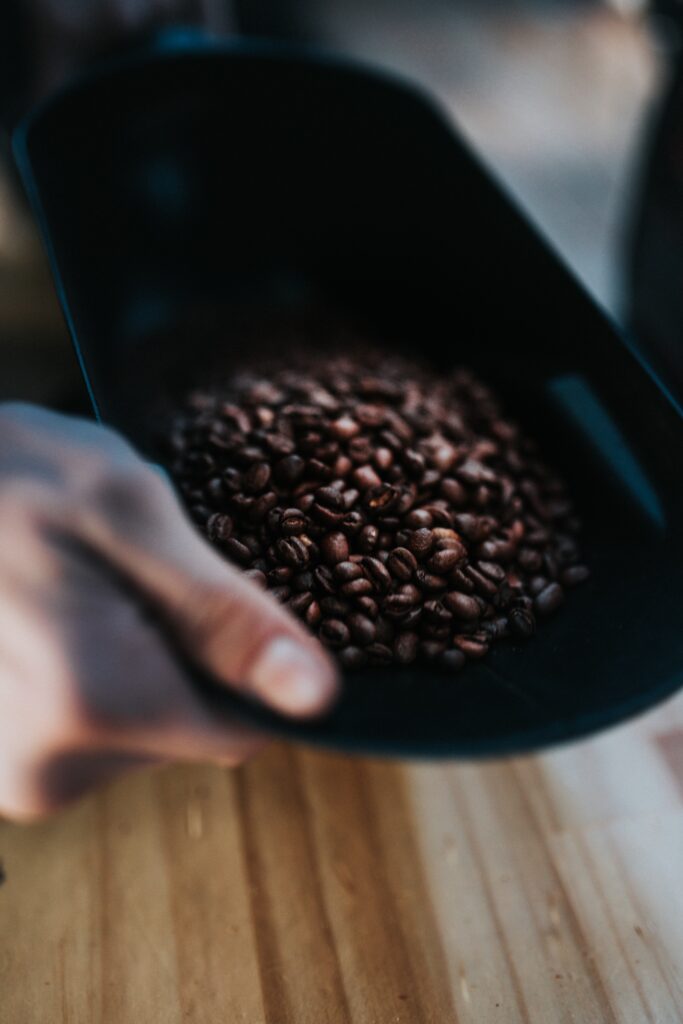
Benefits of Quitting Caffeine the Slow and Steady Route
You may be thinking 2 weeks is a lot of time to wean off of caffeine. Just rip the bandaid off already, right? The reality is, the slow and steady method will allow your body time to adjust to the lack of stimulating caffeine.
This is especially important for those of you who have been dependent on caffeine for years. Because the withdrawal side effects of quitting caffeine can be intense. If you want to maintain being a functional human being, the slow and steady method is the advisable route.
Cons of Quitting Caffeine Slowly
Quitting caffeine at a slow pace can be difficult if you don’t make your coffee at home. It would take a lot of willpower to pour out $3 worth of your morning latte, let alone not drink it. Same with energy drinks.
Also, your self-control may slip during the process. Because trust me, ⅓ a cup of coffee is enough to make you mad, especially with a pounding headache. You may be tempted to overpour one morning during your detox.
This method can also make it feel like the journey will never end. Will the headaches and drowsiness ever go away?
Caffeine Withdrawal Timeline: What to Expect During Your Detox
Caffeine withdrawal is a medically-recognized state that happens when the body experiences negative symptoms after detoxing from caffeine. The main reason for these withdrawal symptoms is how caffeine affects the brain.
While your specific experience may vary, here’s a basic caffeine withdrawal timeline.
These withdrawal side effects are pretty standard. I experienced all of them when I quit caffeine after being dependent on it for 10+ years.
- Day 1 – 4: Feeling on edge after making the initial cut. Experiencing slight headaches.
- Day 5 – 7: Pounding headaches that last all day, through the night, and into the morning. Feeling on edge and experiencing some eye twitching. Trouble focusing due to headaches and lack of stimulation.
- Day 8 – 10: Trouble focusing and feeling off balance. Eye twitching incessantly. More headaches, but they should be less intense. Feeling extremely drowsy and fatigued in the afternoons. Intense brain fog.
- Day 11 – 14: Experiencing some degree of the above, just with less intensity. The headaches have eased up by this point, but you still may be dealing with the drowsy afternoon feelings and brain fog.
Detoxing from caffeine a little at a time helps the body and mind to stay somewhat productive during the withdrawal phase.
When you detox in small increments, the lack of focus, intense headaches, and afternoon drowsiness that is a part of the body’s withdrawal response are ultimately more manageable.
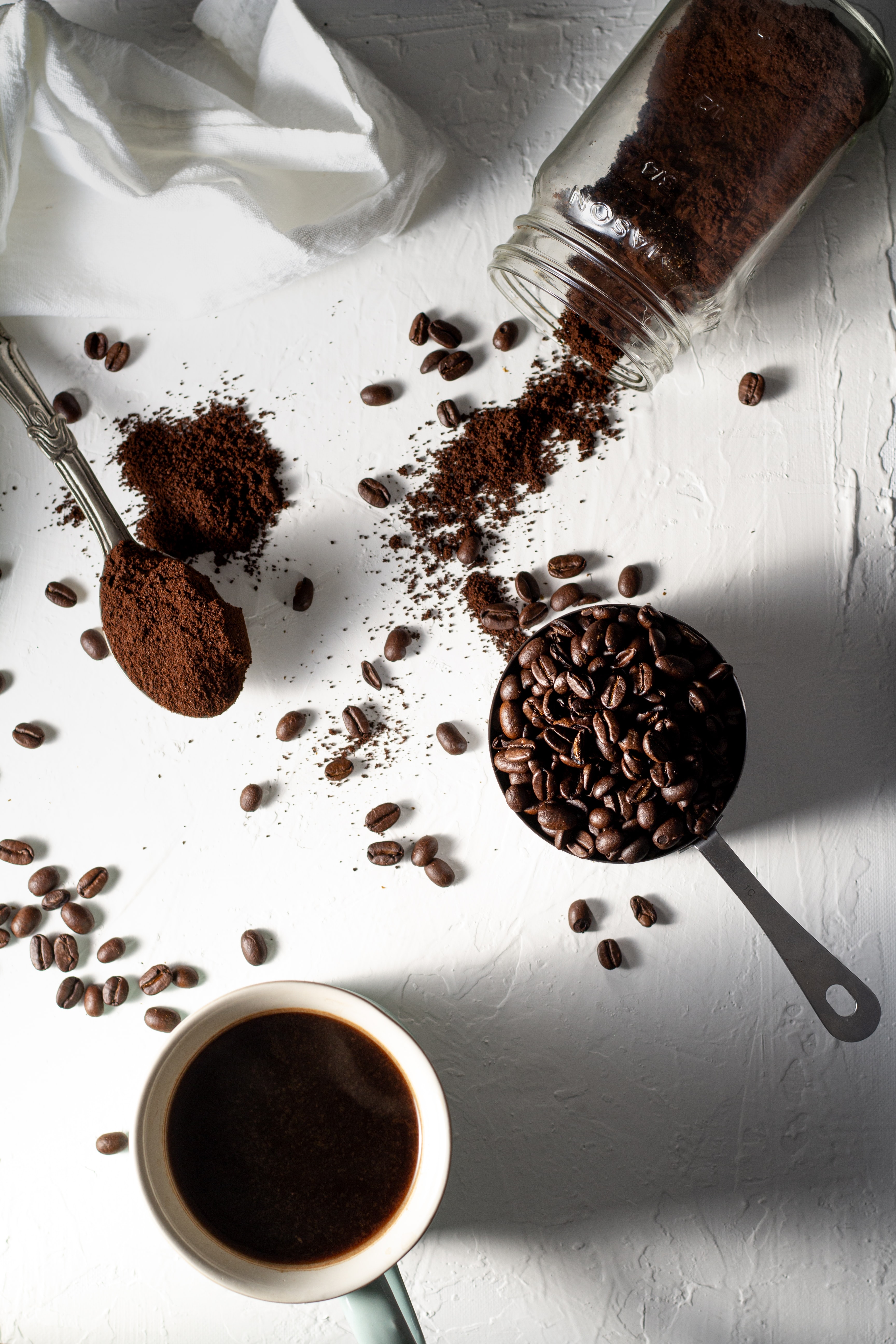
Method 2: Just Quit – the All or Nothing Caffeine Detox
The brutally simple caffeine detox method. This one’s for the brave individuals out there who don’t like to play around when it comes to making decisions.
By all means, quit caffeine in one day. Just be prepared to experience intense withdrawal symptoms all at once in the most intense capacity.
I’d definitely recommend using the all-or-nothing method to detox during a chill weekend when you have no plans. You’re likely not going to feel like getting out and doing anything. So, be prepared with adequate and easy-to-eat food for the weekend.
In my case, I did not function very well in taking this approach. When I tried to skip a day of coffee at the beginning of my own caffeine detox, I had a debilitating headache the following morning. Since I had to work, this was not an acceptable option for me.
Can You Be Addicted to Caffeine?
Apparently, this is a controversial topic.
First off, caffeine is a drug. It is classified as a stimulant because it speeds up the nervous system. It is the most commonly used FDA-approved drug on the market.
Now, can you get addicted to caffeine?
Technically, the effect caffeine has on the brain isn’t as strong as other highly addictive substances. How is this? Well, caffeine doesn’t affect the stimulation and reward part of the brain as much as other substances.
Therefore, it is much easier to quit caffeine compared to other drugs. Typically, you can quit caffeine and be free of withdrawals in 7 – 12 days. For this reason, many entities do not classify caffeine as a Substance Use Disorder.
However, caffeine withdrawals are clinically recognized and caffeine addiction was recognized by the World Health Organization (WHO) as a clinical disorder in 2012.
Currently, caffeine use is labeled as a dependency vs. an addiction.
How Does Caffeine Affect the Brain?
Caffeine stimulates the brain by releasing an amount of dopamine and blocking naturally occurring adenosine molecules. Adenosine molecules naturally build up throughout the day and will queue tiredness when they reach the brain’s receptors.
Since caffeine can pass through the blood-brain barrier and it just so happens caffeine molecules resemble adenosine, it can block the brain’s adenosine receptors. Therefore, instead of getting naturally tired, we feel stimulated, alert, and very much awake.
How to Deal with Caffeine Withdrawal Headaches
The withdrawal headaches that come along with a caffeine detox are serious business. The intensity of the pain in your head is usually pretty sharp and it lasts for some time.
So, how do we deal with it?
- Drink LOTS of water
- Take a pain medicine like acetaminophen
- Get adequate sleep and take a nap during the day, if you can
- Make sure to eat throughout the day to maintain your blood sugar
- Opt to slowly detox from caffeine instead of quitting all at once, if you have the choice
- Maybe skip the high-intensity workout for a couple of days
These are a few suggestions to help with caffeine withdrawal headaches.
Is Quitting Caffeine Worth It?
Yes, quitting caffeine is worth it. The benefits of a caffeine detox can be very freeing. You can expect to get reacquainted with your natural energy levels and enjoy better sleep.
Anxious? A caffeine detox can help reduce stress and cortisol levels which tend to aggravate anxious thoughts and feelings. Have a weird stomach? Caffeine can affect stomach acidity and sourness. Maybe giving it a break can help your stomach to heal or at least, feel a little better.
While caffeine has many benefits and can really help a person to achieve and focus better, sometimes giving our system a break is a good idea. The pain and fatigue and discomfort with getting off of caffeine isn’t fun, but I’d say the mental clarity that comes with reacquainting yourself with the natural ebb and flow of energy is worth the struggle.
And hey, it doesn’t have to be forever.
I Did a 30 Day Caffeine Detox a Year ago Here’s Why I Haven’t Gone Back
Detoxing from caffeine last year started as a 30-day journey. It ended with me going a whole year without getting back on the daily coffee habit that had been a part of my life for 10+ years.
The main reason is, I have enjoyed a higher quality of life overall. That seems like a harsh statement against a beverage I truly do enjoy. But the reality is, I am a more even-keeled, less stressed out version of myself off of daily caffeine. Not to mention, I sleep much better at night.
Now, this doesn’t mean I haven’t had caffeine at all since last year. Quite the opposite.
I have enjoyed rebuilding my relationship with caffeine to be something that is a treat rather than a daily occurrence. This approach allows me to keep my peace and energy levels while also enjoying a cup of french press coffee on a Saturday or a beautifully overpriced latte here and there (which is a hobby of mine).
If you have spent any amount of time on my site, you will notice that my favorite hobby posts are coffee shop review posts. I enjoy coffee as a treat and experiencing a quiet and productive day writing in a coffee shop.
Check out some of my favorite shops here:

